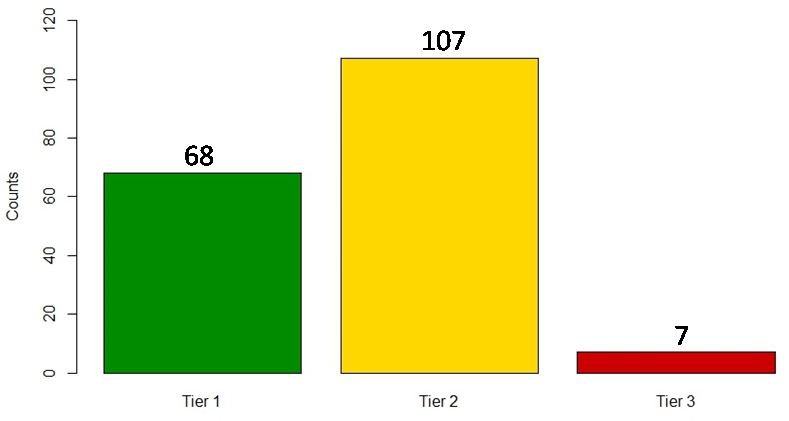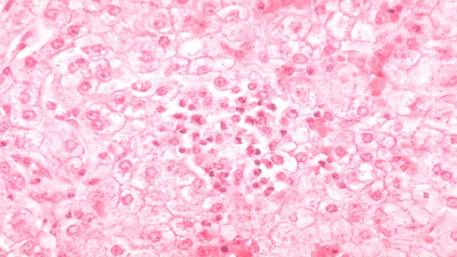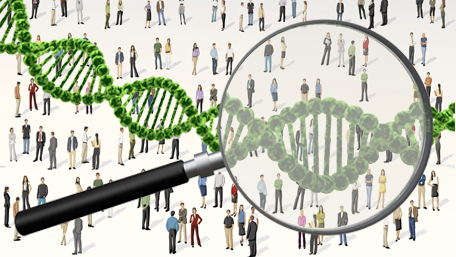Search Results
10 results for population screening
Can Genetic Risk Scores Score a Win for Precision Prevention? Time and Rigorous Studies Will Tell

In May 2018, CDC’s Office of Public Health Genomics, the National Cancer Institute’s Division of Cancer Control and Population Sciences, and the National Heart, Lung, and Blood Institute’s Center for Translation Research and Implementation Science held a special webinar titled: “Using Genetic Risk Scores in the Prevention and Control of Common Diseases: Opportunities and Challenges.”
Posted on byWork in Progress: Classifying Evidence-based Genomic Applications for Practice and Prevention

In our 2015 paper,“Prioritizing genomic applications for action by level of evidence: A horizon-scanning method,” we proposed a systematic scanning method that assigns genomic applications to “tiers” defined by availability of synthesized evidence. Because of the amassed evidence on the validity and utility of genomic tests and related technologies, we suggested that researchers, policy makers,
Posted on byA New Public Health Assessment of the Disease Burden of Hereditary Hemochromatosis: How Clinically Actionable is C282Y Homozygosity?

This blog post is based on a recent paper by Grosse, Gurrin, Bertalli, and Allen in Genetics in Medicine. Hereditary hemochromatosis (HH) attributable to mutations in the HFE gene is the most common autosomal recessive disorder among adults of northern European origin. It occurs in 1 in 300 non-Hispanic whites in the United States. Approximately
Posted on byGenome Sequencing for Healthy Individuals? Think Big and Act Small!

In a 2013 blog post, we asked the question: “When should we all have our genomes sequenced?” At that time, we concluded that the time is not right and that “if we want to use whole genome sequencing in the course of regular preventive care and health promotion, research should be conducted to evaluate its
Posted on byUsing Genomics in Precision Prevention of Breast Cancer

Breast cancer is the most common cancer in women in the United States. It is estimated that 3%-5% of breast cancer cases are hereditary, most often involving mutations in BRCA1 and BRCA2 genes. Such mutations confer high lifetime risk of breast and ovarian cancer. The United States Preventive Services Task Force has issued specific recommendations
Posted on byPublic Health Approach to Big Data in the Age of Genomics: How Can we Separate Signal from Noise?

The term Big Data is used to describe massive volumes of both structured and unstructured data that is so large and complex it is difficult to process and analyze. Examples of big data include the following: diagnostic medical imaging, DNA sequencing and other molecular technologies, environmental exposures, behavioral factors, financial transactions, geographic information & social
Posted on by 1 CommentPublic Health Genomics in Action: Reducing Morbidity and Mortality from Familial Hypercholesterolemia

In September, 2013, I participated in the International Familial Hypercholesterolemia (FH) Summit in Annapolis, Maryland. The event was sponsored by the FH Foundation, a patient-centered organization formed in 2011 to raise awareness about the condition and to develop actions for saving lives of patients and families with FH. The meeting brought together, from the US
Posted on byPublic Health Impact of Genome-Wide Association Studies: Glass Half Full or Half Empty?

Genome-wide association studies (or GWAS) are large-scale genetic investigations of human disease that measure simultaneously hundreds of thousands of genetic variants scattered throughout the human genome. GWAS burst onto the scientific scene in the mid 2000’s. Propelled by technological advances and falling prices, GWAS have revolutionized the search for genetic influences on common diseases of
Posted on byOn Spinning Wheels and Genomes Revealed:

Sequencing is No Longer a Sleeping Controversy In the classic Disney version of the fairy tale, Sleeping Beauty is hidden in the woods to protect her from the knowledge of an evil curse… but when she later pricks her finger on a spinning wheel, she falls under a fairy’s spell… Unlike the mythical magic of
Posted on byData for Action in Public Health Genomics: Ensuring Equitable Implementation of Genomic Applications Across the Lifespan

In the more than 20 years since the completion of the Human Genome Project, basic and clinical research have delivered on the promise to develop genomic applications that can help prevent and treat many diseases across the lifespan. However, efforts to ensure equitable implementation of genomic applications have fallen short particularly among racial and ethnic
Posted on by

